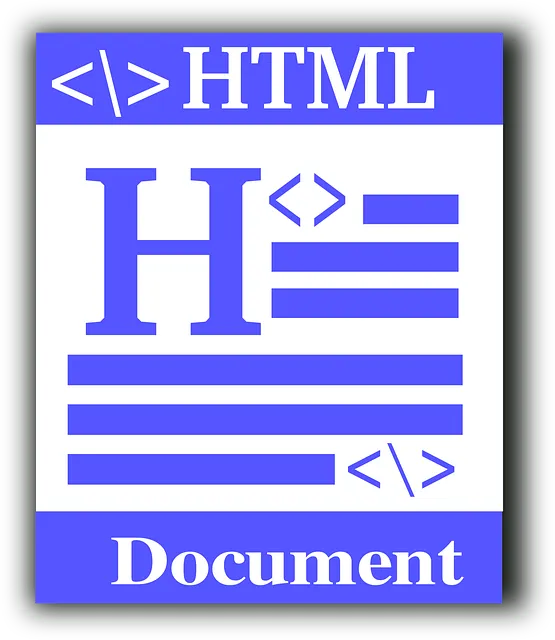Service Schema Markup is a powerful tool for service-based businesses aiming to boost online visibility and attract targeted customers. By structuring data in a digestible format for search engines, it improves indexing and display of services, increasing search rankings. For specialized providers like therapists or dentists, it allows them to showcase expertise, methods, and client feedback, fostering trust. Implementing Service Schema Markup enhances content visibility with rich snippets, better user experience, and improved SEO through clear descriptions and microdata. Using pre-built templates and dedicated local schema implementations streamlines the process, ensuring accurate data representation and optimized content for relevant queries.
Implementing Service Schema Markup is a powerful strategy to elevate your content’s visibility and context in search engine results. This article guides you through the process, offering insights on how structured data can significantly enhance online presence for service-based businesses. From understanding the fundamentals of Service Schema Markup to exploring best practices, tools, and measurement techniques, each section provides valuable knowledge for maximizing the impact of this schema implementation.
- Understanding Service Schema Markup: A Basic Overview
- Enhancing Search Engine Visibility with Schema Implementation
- Adding Context to Service-Based Content
- Best Practices for Service Schema Markup Integration
- Tools and Resources for Effective Schema Implementation
- Measuring Success: Analyzing the Impact of Service Schema Markup
Understanding Service Schema Markup: A Basic Overview

Service Schema Markup is a powerful tool for enhancing the online visibility and context of service-based businesses. It involves structuring data in a way that search engines can easily understand, allowing them to index and display your services more effectively. By implementing this markup, you provide valuable information about the types of services offered, their specific details, and even who provides them – all crucial elements for attracting potential customers.
For therapists or any business offering specialized services, Schema Markup plays a pivotal role in standing out in search results. It enables you to mark up your website with structured data, detailing the unique aspects of your offerings. For instance, therapists can use Schema to highlight their areas of expertise, therapeutic approaches, and even client testimonials, ensuring potential patients find relevant information at a glance. This structured data not only improves visibility but also fosters trust and encourages users to choose your services over competitors.
Enhancing Search Engine Visibility with Schema Implementation

Implementing Service Schema Markup can significantly boost your online visibility and attract more relevant traffic to your content. Search engines like Google rely on structured data provided by schema markup to understand the context and intent behind web pages, leading to improved search rankings for service-based businesses. By applying this markup, you’re essentially helping search engines identify key elements of your content—be it a specific business type (like Schema Markup for Business Types) or unique services offered by practitioners (such as Schema for Dentists).
For local providers, Local Schema for Providers offers an added advantage. It allows search engines to display rich snippets with essential information directly in the search results, such as contact details, working hours, and reviews. This not only enhances visibility but also encourages potential customers to engage with your business at a glance, increasing the likelihood of conversions.
Adding Context to Service-Based Content

Adding context to service-based content is a strategic move that significantly enhances user experience and search engine optimization (SEO). Service Schema Markup, a powerful tool in this regard, provides structured data that helps search engines understand and display information about specific services offered by businesses. By implementing this markup, dentists, for instance, can ensure their website showcases detailed information about procedures like “teeth whitening” or “dental implants”, complete with descriptions, prices, and availability. This not only makes it easier for potential patients to navigate and compare services but also improves the accuracy of search results.
Schema Markup for business types goes beyond dentists; it’s applicable across various sectors. Local Schema for providers further enhances this by allowing businesses to signal their location and service areas to search engines, especially important for local service-based companies. This precision in data presentation ensures that customers find the most relevant and nearby service providers, fostering a better connection between businesses and their target audiences.
Best Practices for Service Schema Markup Integration

Implementing Service Schema Markup is a powerful strategy to elevate your content’s visibility and context in search engine results. When integrating schema markup for service-based businesses, such as local providers or therapists, there are several best practices to keep in mind. Firstly, ensure consistency across all web pages; apply the correct schema type for each unique business offering, whether it’s a therapy session, consultation, or local service. Use clear and precise language to describe services, including relevant details like pricing (if applicable), duration, and any specific requirements.
For instance, when marking up a therapist’s profile, include the `Therapist` schema with attributes for specializations, areas served, and qualifications. For local businesses, leverage the `LocalBusiness` schema to provide essential details such as address, operating hours, and contact information. Additionally, utilizing microdata within schema markup allows search engines to better understand your content, resulting in improved rich snippet displays and enhanced click-through rates. Remember, the key is to provide structured data that not only helps search engines but also guides potential customers through relevant and tailored service offerings.
Tools and Resources for Effective Schema Implementation

Implementing schema effectively requires a strategic approach and the right tools. Start by utilizing robust Schema Markup solutions designed for service-based businesses. These tools provide pre-built templates tailored to specific industries, including those for dentists, therapists, and local service providers. By adopting these ready-made structures, you can streamline the markup process, ensuring consistent and accurate data representation across your content.
Additionally, consider leveraging dedicated Local Schema implementations to enhance search engine understanding of your business’s physical location and services offered locally. This is particularly beneficial for practitioners with a brick-and-mortar presence, enabling them to connect with nearby customers searching for specialized care. Many platforms offer intuitive interfaces to manage and update schema data efficiently, ensuring your content remains optimized for relevant search queries.
Measuring Success: Analyzing the Impact of Service Schema Markup

Measuring the success of implementing Service Schema Markup involves analyzing its impact on content visibility and context. By utilizing structured data, such as Schema Markup for Business Types or Local Schema for Providers, search engines can better understand the nature and offerings of service-based businesses. This enhances the accuracy of results displayed to users, ensuring that potential clients find relevant local therapists or service providers more easily.
For instance, a spa using Schema Markup to highlight its various treatments and amenities can see increased organic reach in search results. Similarly, a therapy practice implementing Local Schema for Providers can attract more local clients looking for specific therapeutic services. Regularly assessing these impacts allows businesses to refine their strategies, making adjustments to maximize the benefits of Schema Markup and stay competitive in their respective markets.
